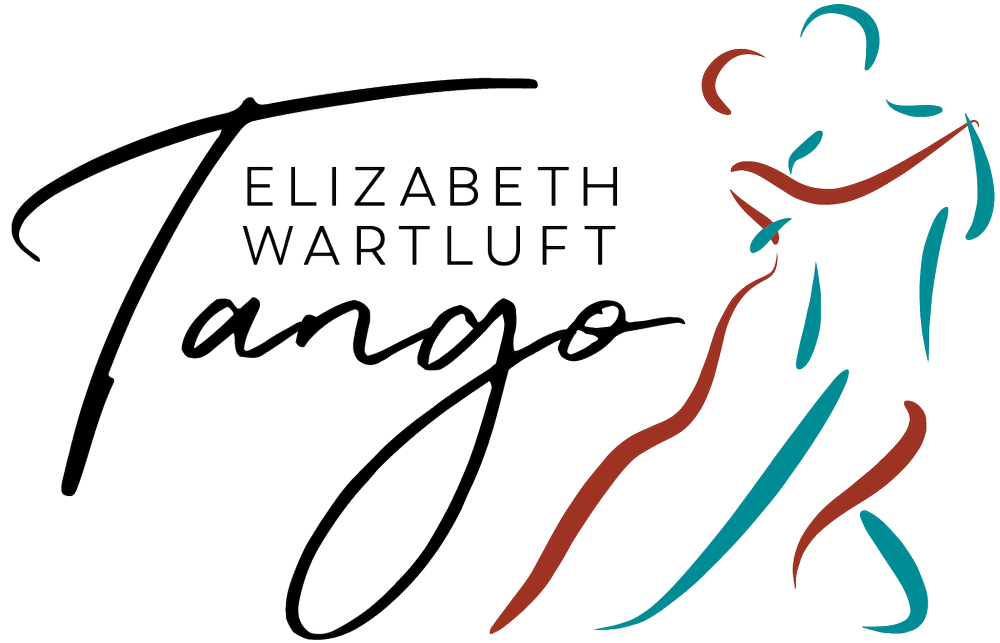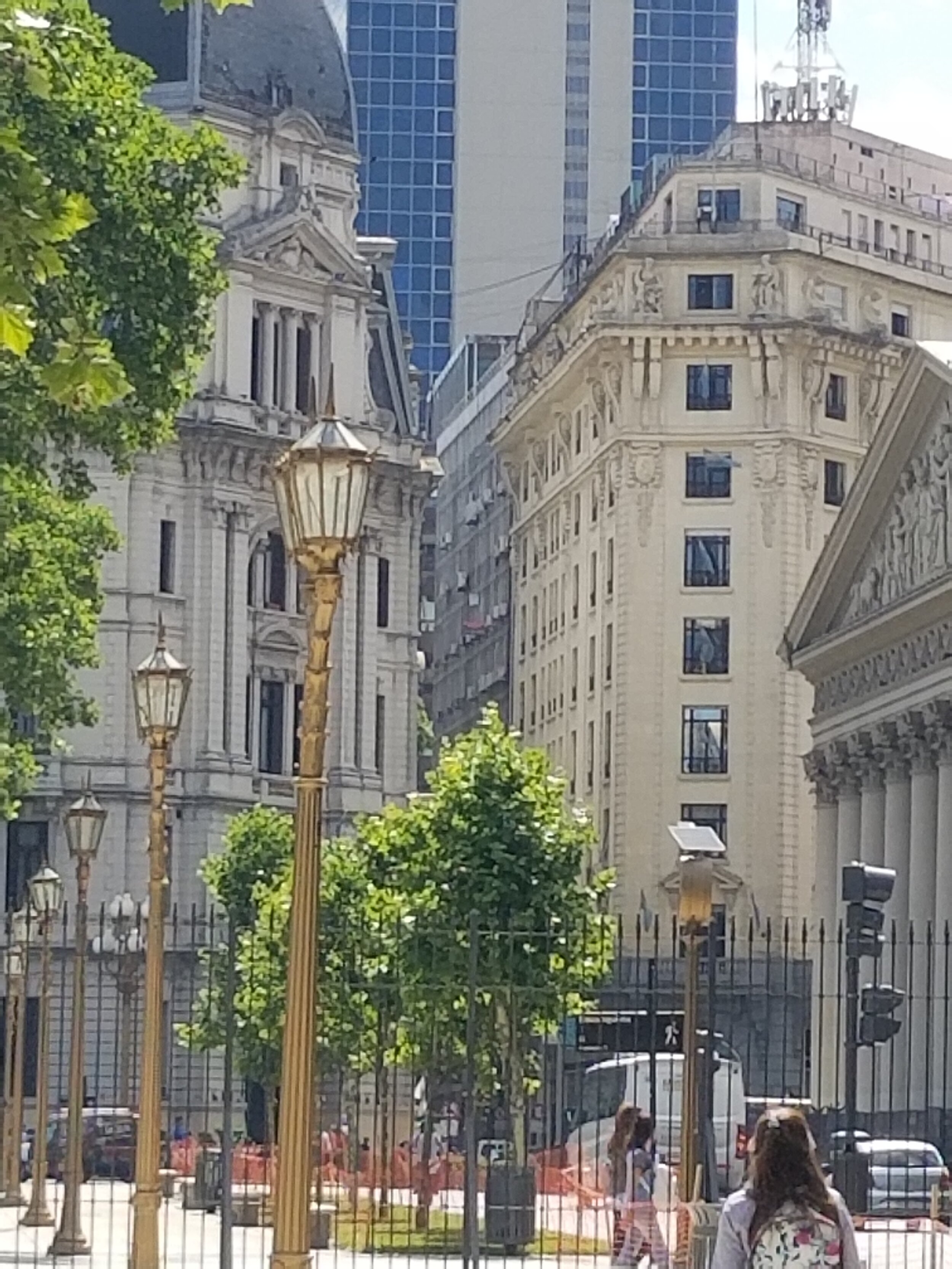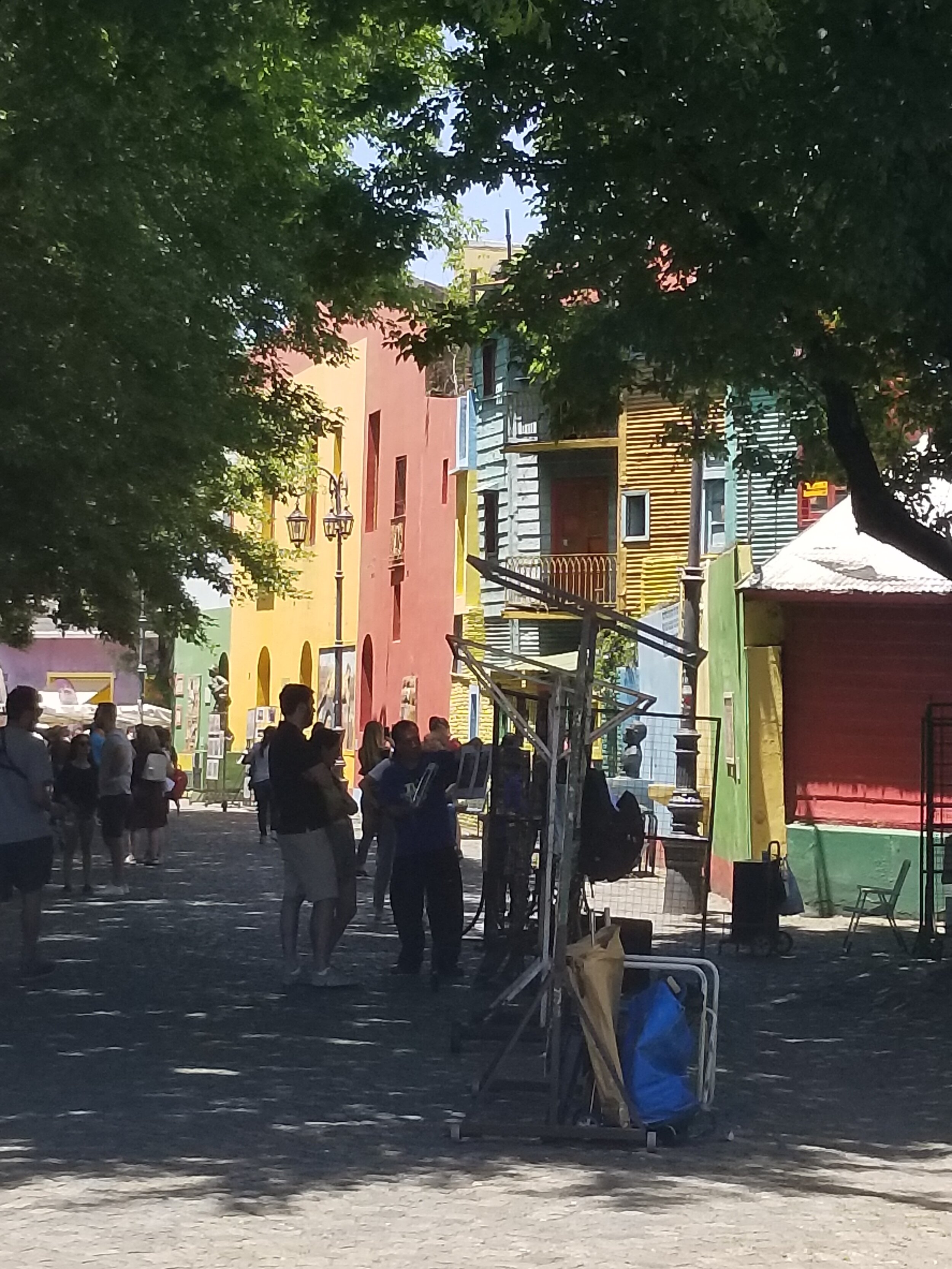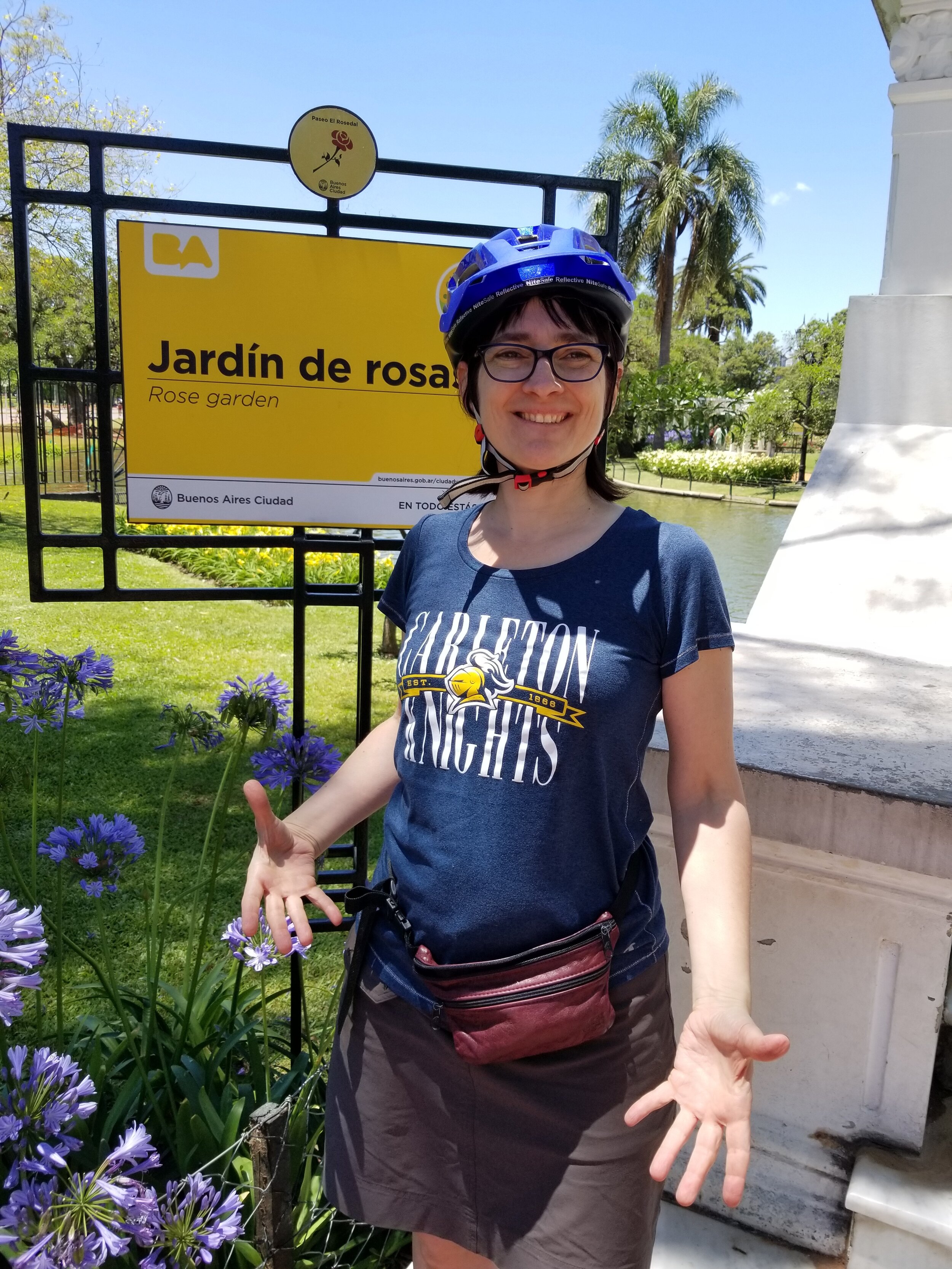I am feeling motivated to get into better shape and be more active. It’s not the fear of aging, but rather, seeing different alternatives a few decades down the road. Who inspires me to stay active? Older athletes in stellar shape—and my older students!
Use it or lose it
Several of my students read a lot more than I do, and funnel interesting articles to me. One sent me a Wall Street Journal article about Gail Roper, an 89-year-old former Olympian and Master’s medallist who still swims and keeps very active. She had seven children, worked as a marine biologist until 82, and attaches herself to the pool ladder with a bungee cord so she can work on resistance training!!!
I have older students who have won medals for their dancing in the 80-and-over category at the Washington Senior Olympics; who still fly planes; who hike, bike, swim, dance—I want to be like them when I grow up!
I know that I am not on track to do that. Yet. However, I look at my active students in their 80s and non-dancing 80-year-olds, and it is clear that I MUST keep up my level of exercise if I want to be like them in thirty years. Use it, or lose it!
My current “recipe” for staying in shape
Barre 3
At 50, I added Barre 3 to my workout schedule. A combination of yoga, Pilates, weights and ballet barre, Barre 3 has definitely helped me keep in shape. It was hard at first, but now I can run to work out, as well as run home; so I am getting stronger. Barre 3 started here in Portland, Oregon, but has expanded. I was able to take my sister to a class in Doylestown, PA last summer.
Chiropractic work and physical training
At 51, I suffered a broken toe from a “helper” in one of my classes. That set me back a bit, but the person who is my chiropractor and physical trainer, Seth Watterson, helped me gain a new understanding of the structure of the foot, ankle and lower body that I have been able to apply in my workout AND to my teaching. I have used my injury to help other people avoid injury and rehab after injuries, so that year out of shape was still well spent.
Yoga
I had done a lot of yoga before I had my son: three to four times a week doing Ashtanga and Anusara styles of yoga in Eugene, Oregon. I did prenatal yoga, and then stopped for a long time. Why? I don’t know.
Two years ago, I added yoga back into my schedule. I have to credit my husband with this: I am too lazy to get the mat out and do yoga by myself; I need a class. My husband and I do yoga at home with Do Yoga With Me on YouTube. I would not recommend this if you have not done yoga classes: it’s too easy to hurt yourself when you don’t have a teacher helping you, but it’s a great way to get back into yoga, or add in a session at home if you can’t make it to class.
Pilates
Last year, I added Pilates into my schedule. Heidi Weiss at Portland Pilates Collective, is a great teacher and an avid tango dancer. We are working on strengthening my body so that I get fewer injuries from the repetitive stress of teaching beginners, as well as keeping me in my best alignment and shape. I can tell I am a lot stronger than before.
I avoided PIlates for many years because I took some workshops in dance graduate school and didn’t like them, but I have more understanding about the body now, as well as more drive to stay healthy and in shape. I wouldn’t say I find Pilates “fun” but that is not my aim. Heidi is patient and a good teacher, and I enjoy my sessions a lot.
Nutrition
This year, I have added nutritional coaching with Heidi Weiss to my regime. I am gluten intolerant, and probably some other digestive issues. In my mid-50s, I can no longer eat whatever I want. We are adjusting my diet to eat more protein, more vegetables, and to take some supplements that help my body absorb nutrients better. This is a new work in progress, so hopefully I will continue eating better!
It is never too soon—or too late—to improve your fitness and health! Happy Spring!
Trial by audio
A reader with poor eyesight asked me to do an audio file version of my blog. I am not terribly comfortable with talking to myself, so this is a work in progress! Feedback is appreciated :-)



















